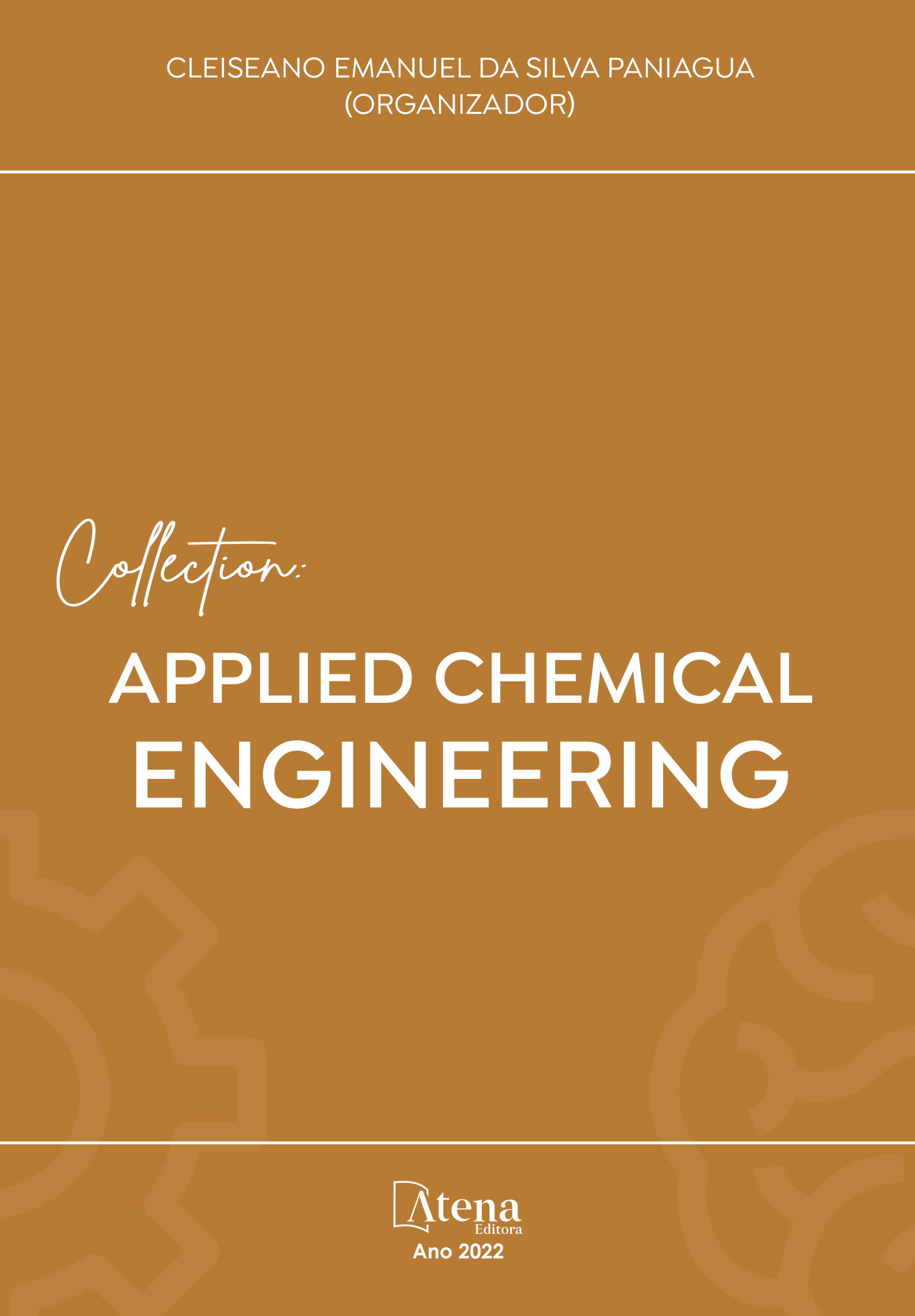
INFLUENCE OF MATRIX COMPOSITION ON THE DEGRADATION OF A PHARMACEUTICALS MIXTURE THROUGH HETEROGENEOUS PHOTOLYSIS AND PHOTOCATALYSIS UNDER SOLAR RADIATION PROCESSES
The degradation of a mixture of the pharmaceuticals gemfibrozil (GEM), hydrochlorothiazide (HCTZ) and naproxen (NAP) were evaluated by different processes and in different aqueous matrices: deionized water (DW), river water (RW) and effluent from a Treatment Plant Sewage (STP eflluent). The experimental conditions were previously optimized, being: [TiO2]=150 mg/L (DW and RW) and 450 mg/L (STP eflluent); pH=5.8 (DW and RW) and 7.7 (STP eflluent) and [H2O2]=6.0 mg/L (with replacement every 20 min of reaction). Photolysis presented a degradation efficiency of 44% (DW and RW) and 76% (STP eflluent) after an energy dose of 448 and 524kJ/m2, respectively. The TiO2/solar process increased the degradation to 87% (DW), 84% (RW) and 97% (STP eflluent). In the TiO2/H2O2/solar process, the degradation efficiency reached 99% (DW) with 317kJ/m2, for RW the percentage of degradation was below the detection limit of the pharmaceuticals after 448 kJ/m2. Mineralization and acute toxicity to Vibrio fischeri bacterium were determined at the beginning and end of each process used. The initial STP eflluent matrix showed 14% mineralization and 50% toxicity. Already the matrices of DW and RW, presented toxicity less than 4%. In all matrices, mineralization and acute toxicity increase from the process of photolysis to that of photocatalysis. For the STP eflluent matrix, 52% of mineralization and 71% of toxicity was obtained. For the DW and RW matrices, the TiO2/H2O2/Solar process showed the best efficiency among the evaluated processes, obtaining a mineralization of 84% (DW) and 72% (RW) and a toxicity of 83% (DW) and total (RW). The final consumption of H2O2 was quantified and presented, respectively, 73 and 79mg/L for DW and RW. Therefore, the TiO2/Solar process had a high potential to be used as a complementary step to conventional processes for treating both water for drinking purposes and for sewage.
INFLUENCE OF MATRIX COMPOSITION ON THE DEGRADATION OF A PHARMACEUTICALS MIXTURE THROUGH HETEROGENEOUS PHOTOLYSIS AND PHOTOCATALYSIS UNDER SOLAR RADIATION PROCESSES
-
DOI: 10.22533/at.ed.56122310110
-
Palavras-chave: Vibrio fischeri bacterium, heterogeneous photocatalysis, mineralization and toxicity.
-
Keywords: Vibrio fischeri bacterium, heterogeneous photocatalysis, mineralization and toxicity.
-
Abstract:
The degradation of a mixture of the pharmaceuticals gemfibrozil (GEM), hydrochlorothiazide (HCTZ) and naproxen (NAP) were evaluated by different processes and in different aqueous matrices: deionized water (DW), river water (RW) and effluent from a Treatment Plant Sewage (STP eflluent). The experimental conditions were previously optimized, being: [TiO2]=150 mg/L (DW and RW) and 450 mg/L (STP eflluent); pH=5.8 (DW and RW) and 7.7 (STP eflluent) and [H2O2]=6.0 mg/L (with replacement every 20 min of reaction). Photolysis presented a degradation efficiency of 44% (DW and RW) and 76% (STP eflluent) after an energy dose of 448 and 524kJ/m2, respectively. The TiO2/solar process increased the degradation to 87% (DW), 84% (RW) and 97% (STP eflluent). In the TiO2/H2O2/solar process, the degradation efficiency reached 99% (DW) with 317kJ/m2, for RW the percentage of degradation was below the detection limit of the pharmaceuticals after 448 kJ/m2. Mineralization and acute toxicity to Vibrio fischeri bacterium were determined at the beginning and end of each process used. The initial STP eflluent matrix showed 14% mineralization and 50% toxicity. Already the matrices of DW and RW, presented toxicity less than 4%. In all matrices, mineralization and acute toxicity increase from the process of photolysis to that of photocatalysis. For the STP eflluent matrix, 52% of mineralization and 71% of toxicity was obtained. For the DW and RW matrices, the TiO2/H2O2/Solar process showed the best efficiency among the evaluated processes, obtaining a mineralization of 84% (DW) and 72% (RW) and a toxicity of 83% (DW) and total (RW). The final consumption of H2O2 was quantified and presented, respectively, 73 and 79mg/L for DW and RW. Therefore, the TiO2/Solar process had a high potential to be used as a complementary step to conventional processes for treating both water for drinking purposes and for sewage.
-
Número de páginas: 15
- Cleiseano Emanuel da Silva Paniagua


